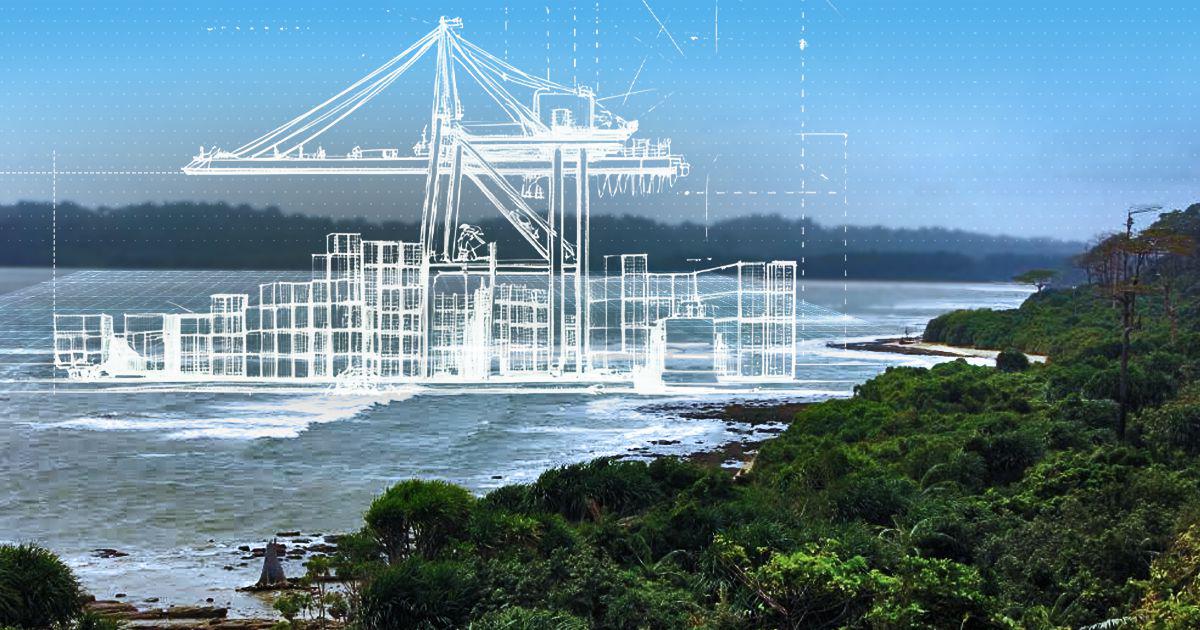On the Great Nicobar island, why the future is fearful
The government has ambitious plans to build a shipping hub on the island. But are its native tribal communities on board? I travelled to the island to find out.

Join our WhatsApp Community to receive travel deals, free stays, and special offers!
- Join Now -
Join our WhatsApp Community to receive travel deals, free stays, and special offers!
- Join Now -

About five years ago, John returned to the land he had left behind. As monsoons receded in Great Nicobar at the start of November that year, he and many others from the Nicobarese tribe travelled to the west coast of the island, which is the southernmost landmass of India, part of an archipelago in the Indian Ocean.
The journey took them about six hours: they travelled by road in vehicles, walked through dense rainforests and rowed boats part of the way. Once they reached the coast, they got to work – they dug holes about a foot deep in the coastal soil, and planted around 500 coconut trees.
Since then, they make the same journey twice or thrice a year, tending to the coconut trees, fishing for crab and prawns in the ocean, and plucking pantanus, or screw pine fruit. The tribe is deeply familiar with this place – it is where they were born and brought up, and also where many of them lost their loved ones in the 2004 tsunami.
John was 11 when the tsunami hit, triggered by a 9.8 magnitude earthquake whose epicentre was near the coast of Sumatra. He was away for his studies in Car Nicobar, an island around 270 km north...









